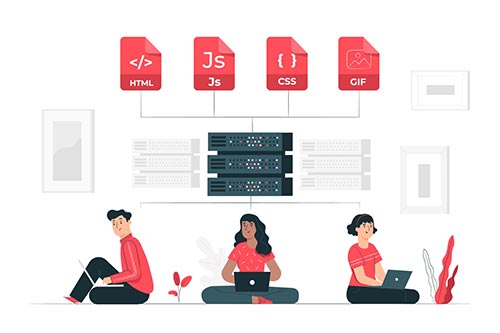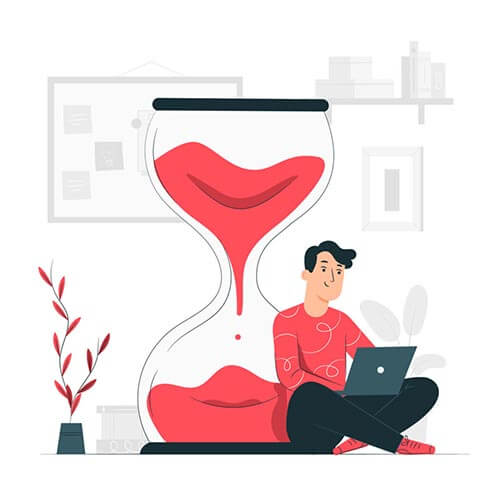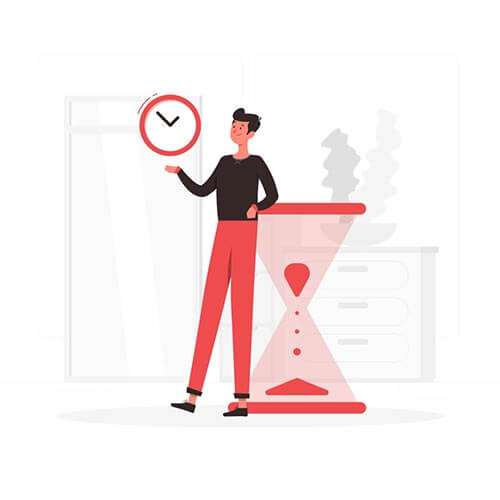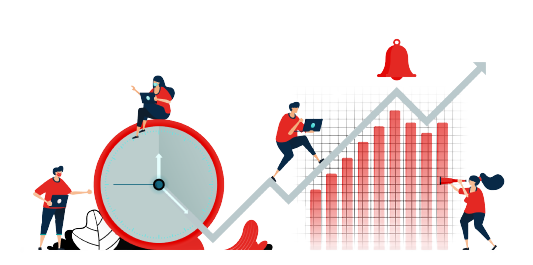Time Series Analysis Services and Solutions in Canada
Machine learning for time series has reclassified the manner in which we plan out our business tasks. Today, a large number of organizations need to use the force and capability of Big Data to see how their past and present activities will impact their future. Time Series Analysis not just assists them with observing the advancement of their present tasks yet in addition assists them with settling on educated business choices.
book an appointment
Time Series Solution Implementation
A time series solution is a software application or system that is designed to analyze, model, and forecast time series data.

Data Preparation
Trend Recognition in Time Series Analysis


Time Series Analytics
Sharing Result of Time Series Analysis


Quality Checking and Data Layout
Time Series Analysis Services in Canada
Stationary vs non-stationary
For this sort of measurable time series analysis, we utilize consistent and varying data to forecast future trends. However, for solid forecasts, we first convert all non-stationary information into stationary information.
qualitative analysis
In qualitative analysis, we don’t depend on the force of math for time series analysis, instead we use clients’ feedback and assumptions to foresee your business’ future development and productivity.
executive opinions
To assist you with fostering a vital guide for the future, our expert time series analysts look for opinions and suggestions from your stakeholders, partners, organization CEO of the company, HR Head, etc. Utilizing their comprehension of your business cycles and marketing efforts, we assist you identify risks and develop plans to mitigate them.

Time Series aiding Seasonal vs non-seasonal analysis
Seasonality represents periodic, repetitive, and for the most part standard examples. We utilize this to measure the interest and execution of your items in the market and comprehend the trends of sales during a specific season/s inside the year.
quantitative analysis
Also called time series regression analysis, in this, our expert analysts analyze your historic information (inside a similar time period) to forecast the future development and performance of your services and products. Here, the prediction window stays as before, and information of something like two seasons are needed to forecast the outcomes. The strategy takes a look at the change of trends, population, culture, climate, and innovation to achieve a precise business expectation and forecasting for the future.
Market Survey through Time Series Analysis
Our specialists take input from your clients to evaluate your items’ prevalence and your clients’ necessities, assumptions, and spaces of concern. We then, at that point, join the aftereffects of all the studies to get to how your products and services are acting with respect to your rivals and changes that you can design in your current items to work on their popularity and demand in the future.
Applications of Time Series Analysis
